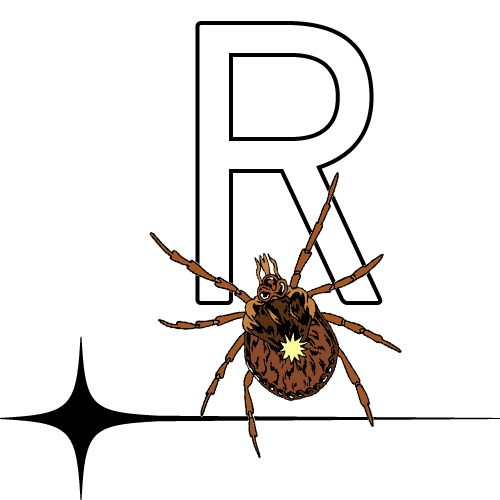Member-only story
Meet the Tick Hunters
What it’s like to be a creepy-crawler field researcher
This story is part of “Tickpocalypse,” a multi-part special report.
 Rick Ostfeld is a disease ecologist at the Cary Institute of Ecosystem Studies in Millbrook, New York. Felicia Keesing is the head of the biology department at Bard College. The two are co-directors of the Tick Project, a five-year study in Dutchess County, New York, that’s testing ways to reduce Lyme disease risk in areas that are deeply infested with Lyme-carrying ticks. They are also husband and wife. Who better to explain the good, the bad, and the gross about working with ticks?
Rick Ostfeld is a disease ecologist at the Cary Institute of Ecosystem Studies in Millbrook, New York. Felicia Keesing is the head of the biology department at Bard College. The two are co-directors of the Tick Project, a five-year study in Dutchess County, New York, that’s testing ways to reduce Lyme disease risk in areas that are deeply infested with Lyme-carrying ticks. They are also husband and wife. Who better to explain the good, the bad, and the gross about working with ticks?
Elemental: Of all the things you could devote your professional lives to, you chose a creepy-crawly bug best known for transmitting a debilitating, sometimes even fatal, disease to humans and their children. Why?
Rick Ostfeld: I guess I’d say that we didn’t choose it, it chose us. When you study certain types of mammals and you have an up close and personal relationship with them, you really can’t avoid the observation that they can be just covered with parasites. Back in the early ’90s, when I started working in the Eastern forests with white-footed mice…

